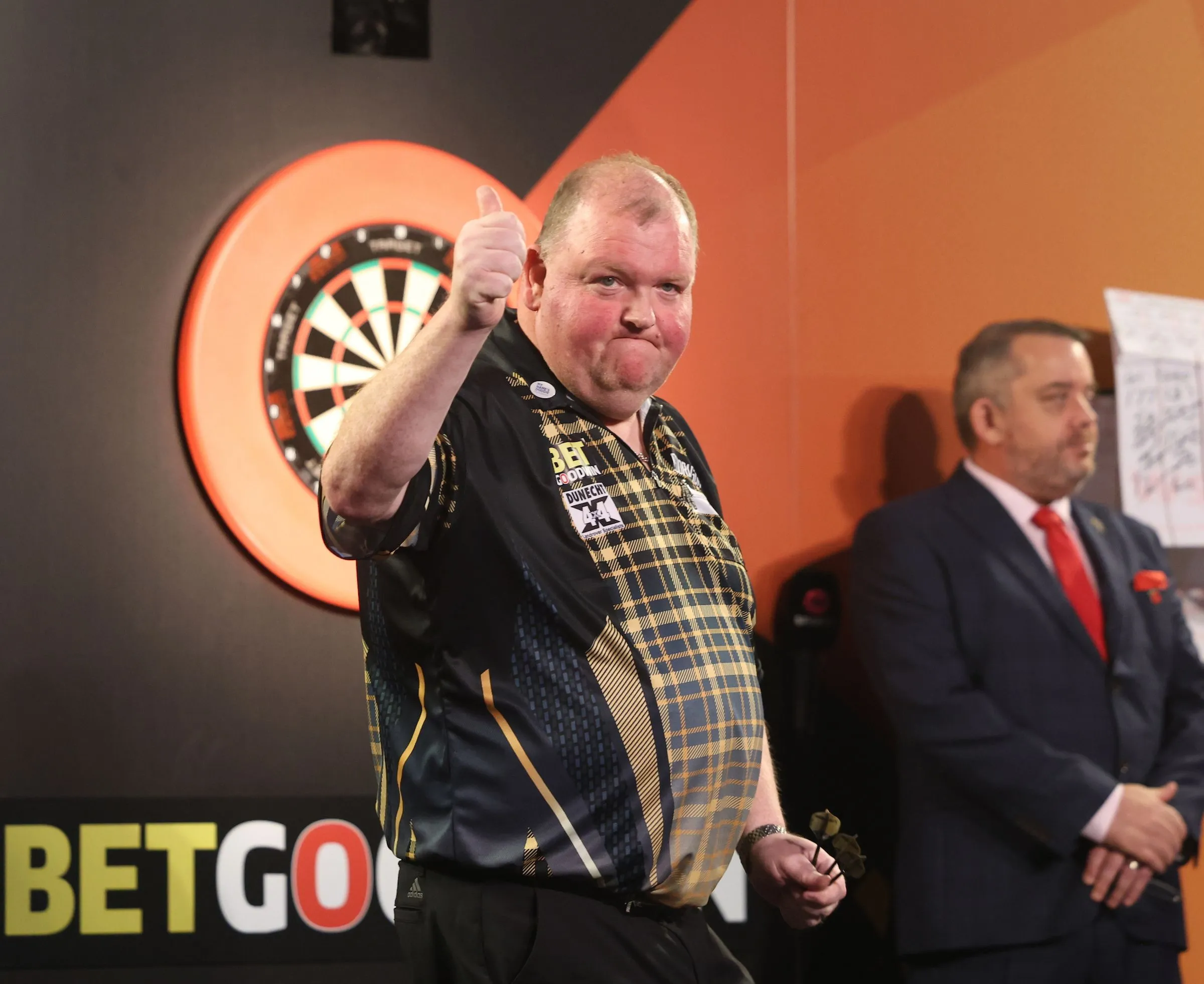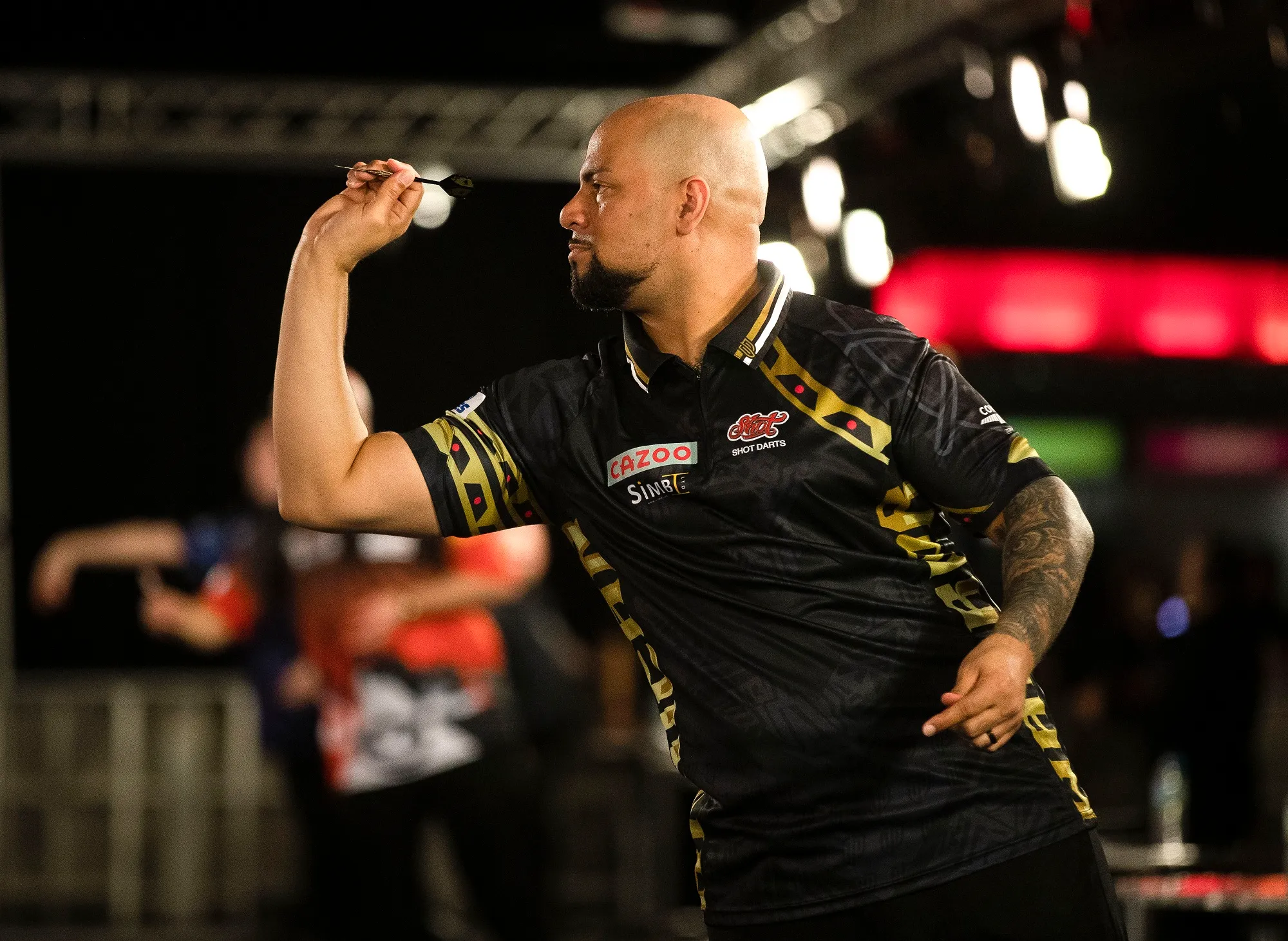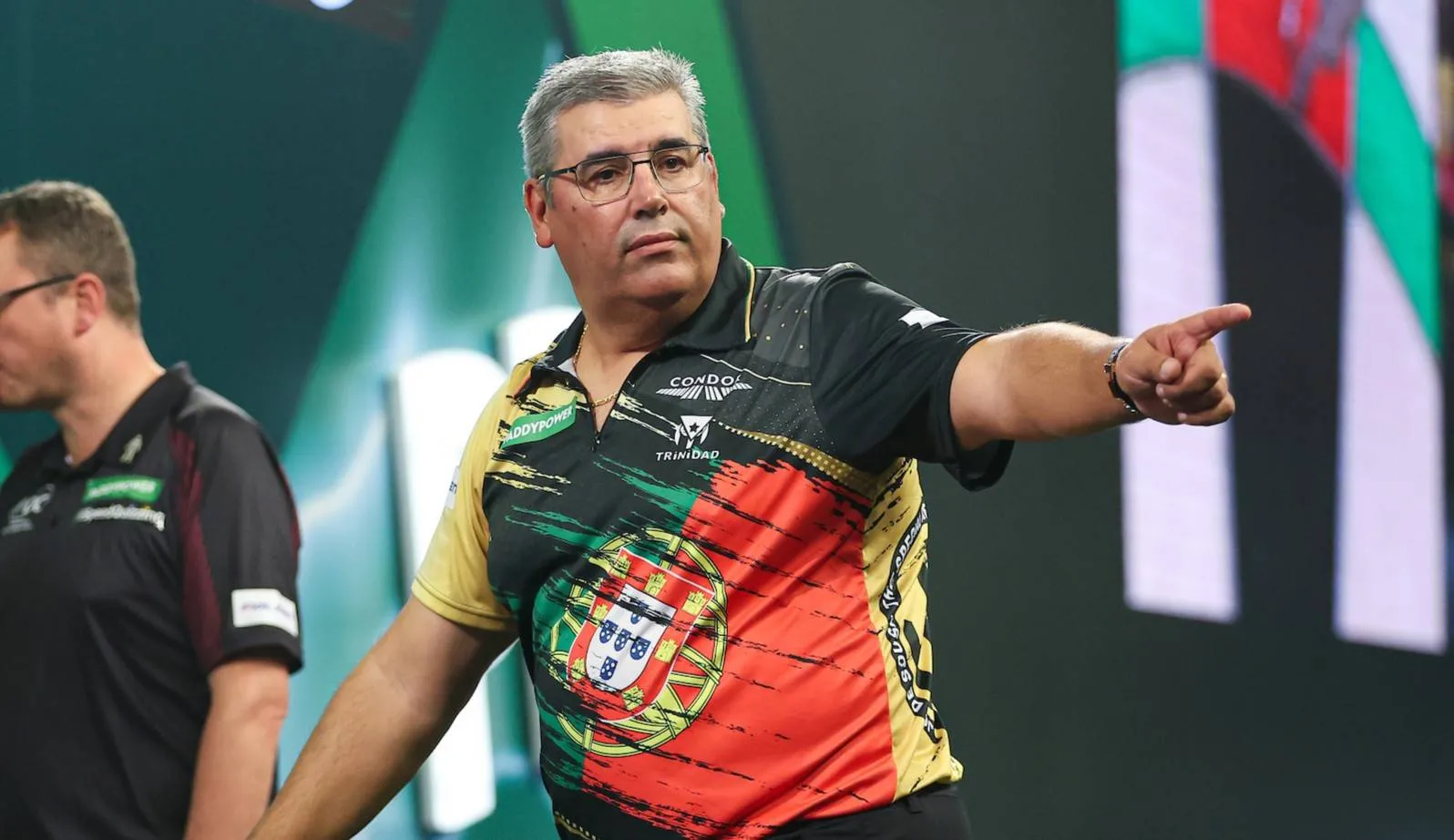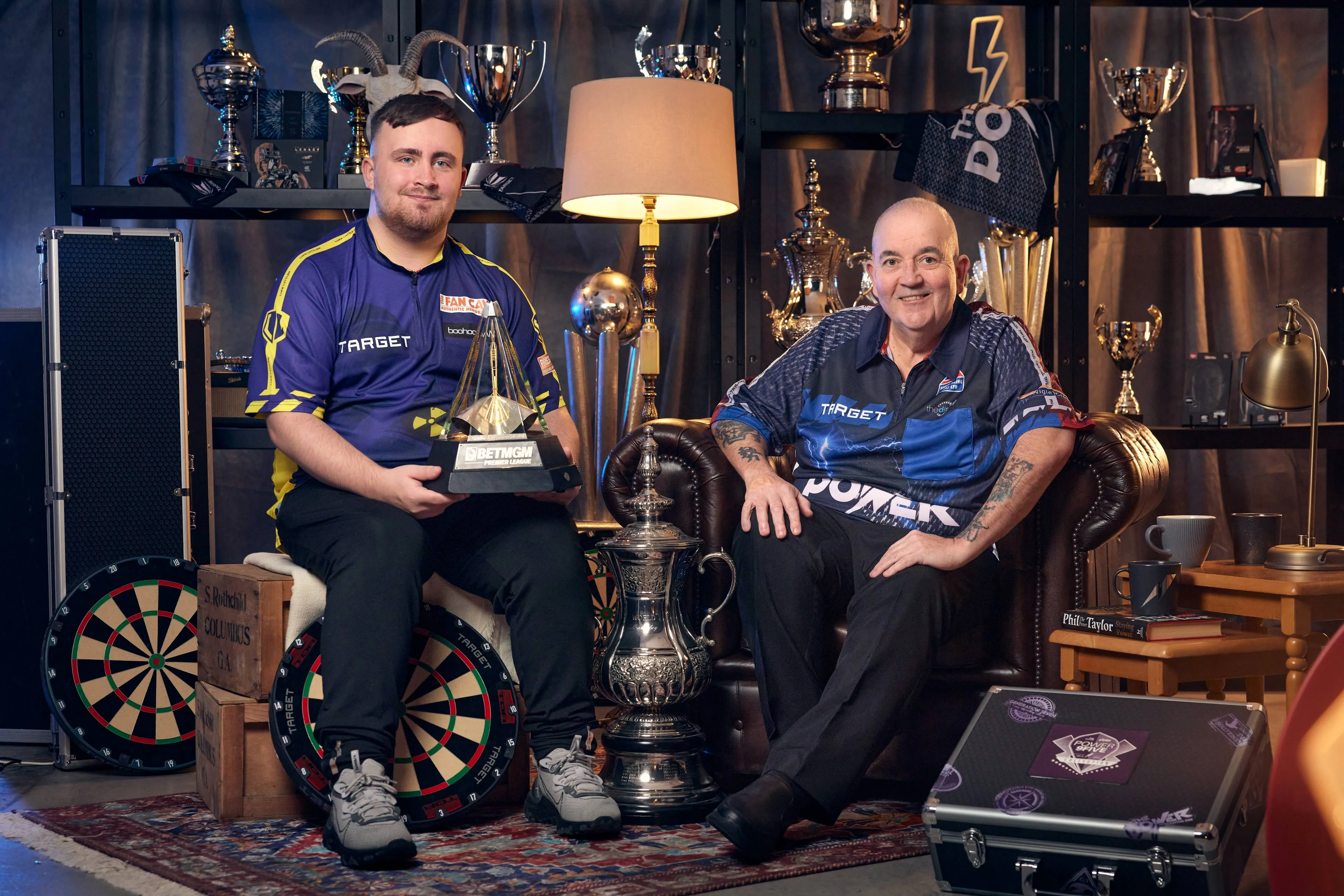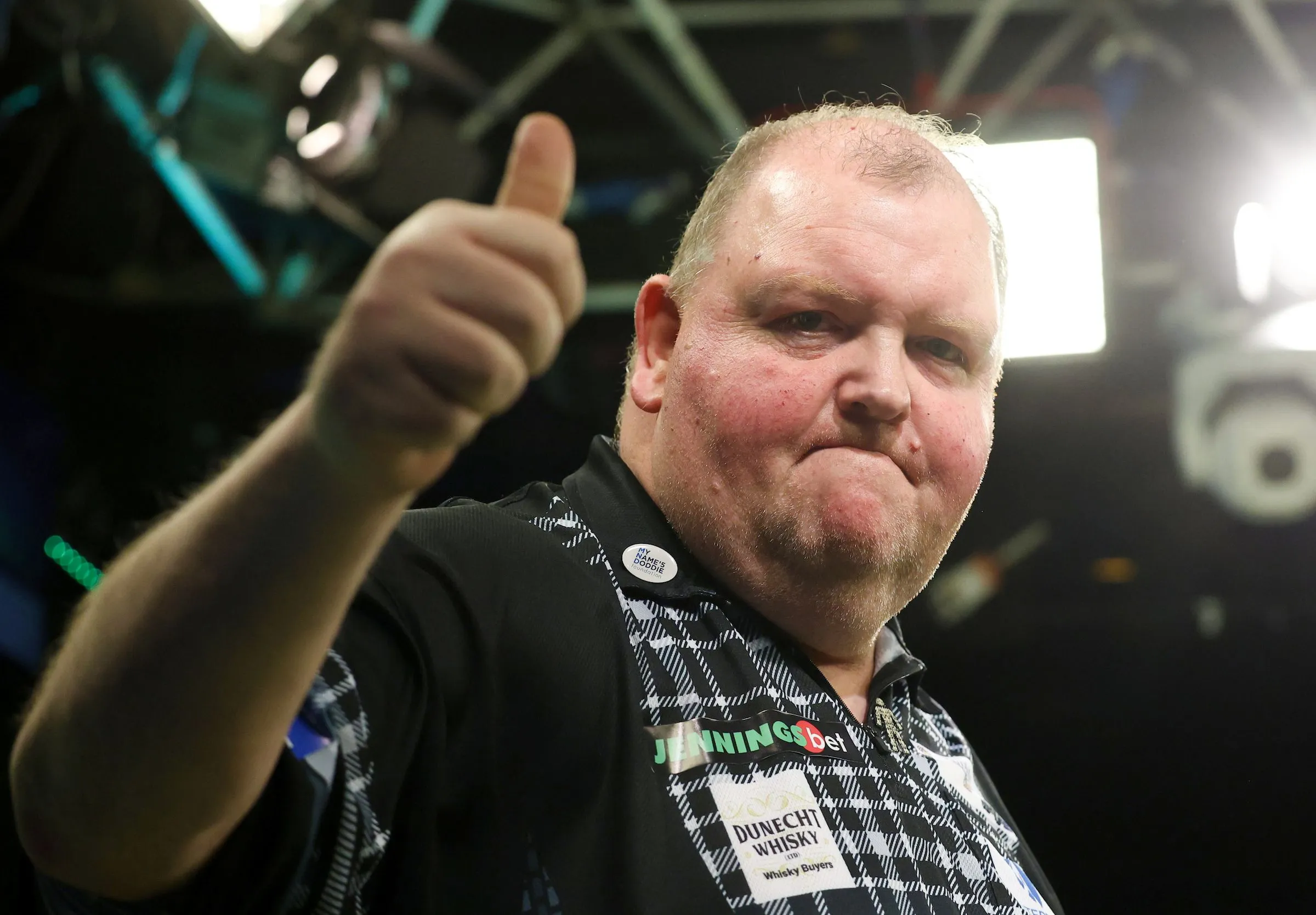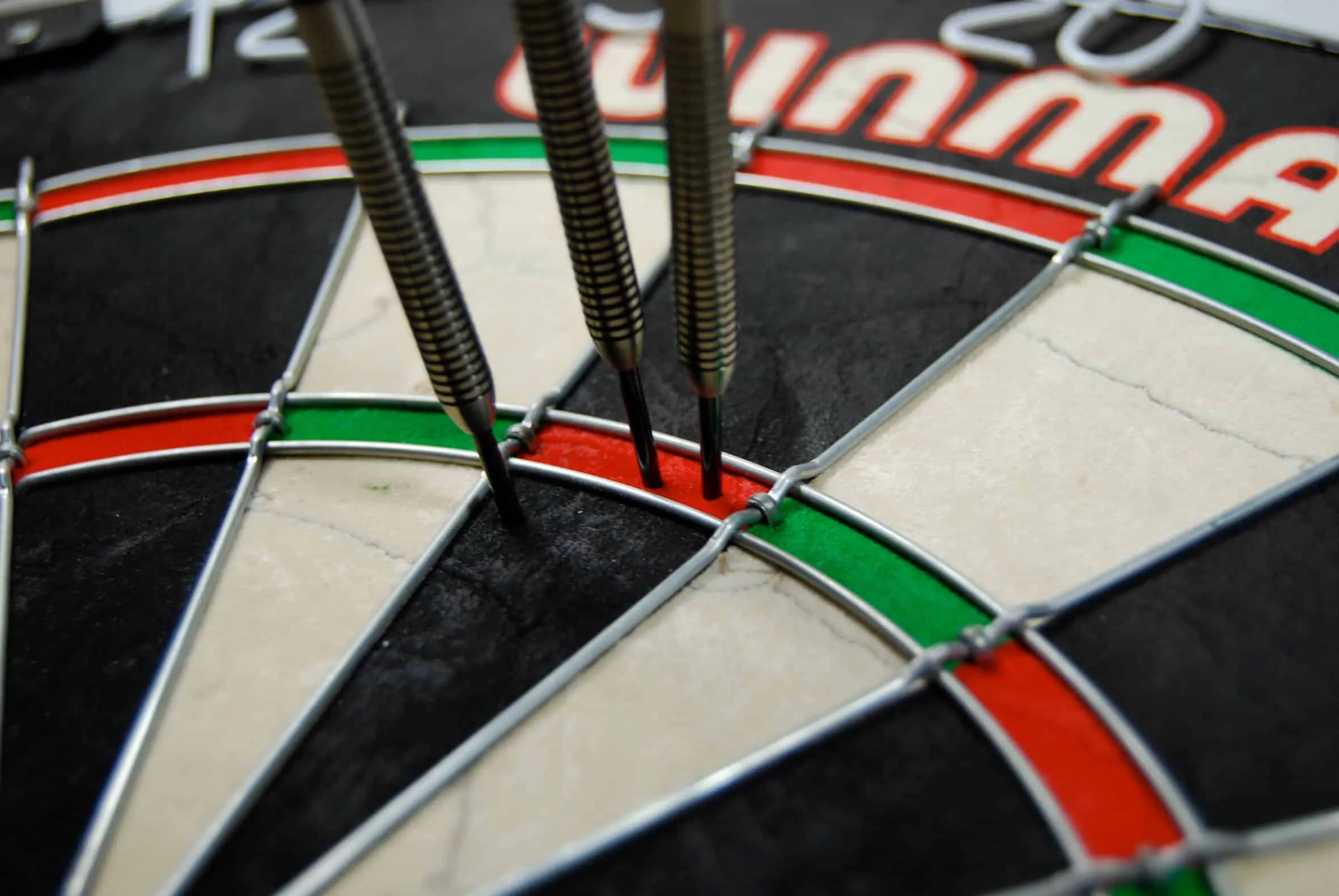
With much of the world battling the coronavirus pandemic there is plenty of time being spent in our homes to help stop the spread.
This situation has seen social media become packed with various fun challenges and videos of individuals finding innovative ways to fill their time and as we’re sure you are finding too, there’s more than enough time to get a few arrows in. We thought that this would be a good time to take a look at some of the best darts games you can play while at home, whether you’re isolating along or with others.
So, without further ado here are five of the best darts games to get you through isolation and beyond.
Best darts games to play alone
Around the Board
The concept of Around the Board is simple and can be adapted to suit players of all skill levels -the player simply works their way around the board from 1 all the way to the bullseye.
In its most basic form, the player throws for each number in ascending order with doubles and trebles all counting as a single number. They would throw for each number until hitting it and then move on to the next number.
Once the player has hit all 20 regular numbers, they would then move onto the 25 and bullseye. Whether the outer and inner bullseye is classed as one or separate is totally up to the player.
Players who want to focus their practice on a specific part of the game can do so easily by making their way around the board just hitting trebles or doubles, for example.
For advanced players who wish to take on a tough version of the game consider setting a target to reach without missing a target. If the target being thrown for is missed the player should reset to the first number.
Kill Bull
Kill Bull is a great game, albeit frustrating at times, that can improve your bullseye hitting under pressure and is another that can be easily adapted to suit the level of the player.
Only the outer and inner bullseye are used for this game in which the player would set a target score beforehand that is a multiple of either 25 or 50.
A beginner should consider using a lower score while an intermediate would look to achieve somewhere around the 500 mark. Advanced players may wish to set a score of 1000 or perhaps even more.
The player then throws three darts at the bullseye and should they hit either the 25 or 50 that number is added to their total. To continue adding to the score the player must hit either the 25 or 50 at least once in each throw (three darts). If all three darts in a throw finish outside the 25 the players score resets to zero.
Best darts games to play with others
’01 scoring legs
This format widely used in competitive matches, whether that be in a local pub league or on the big stage in PDC events. The great thing about this standard format is that it can just as easily be used in your own home.
This leg scoring format will work best with two players playing against each other, but it also works for pairs and bigger teams, although any more than two per side can get a little untidy.
Both players, or sides, begin with the same score ending in ’01’ and play down to zero. Generally, 301 and 501 are the most commonly used scores but a 101 can be great for beginners or for those looking to squeeze a quick leg in. Contrastingly if your players are big scores and you have the time to spend a few minutes longer at the oche you may choose to play from 1001.
The easiest way to establish who should throw first is by playing ‘nearest the bull’. Both players (or one from each side) should throw one dart at the bullseye and the closest to that target wins and throws first in the leg. Advanced players may wish to discard darts thrown outside of the 25 and continue to throw until one player finishes inside the 25 or bullseye and closer than their opponent.
Players take the score each throw (three darts) away from their score until they can finish on a double - the only way to win. To win the game a player must hit a double or the bullseye if they require 50. For example, if a player has 40 left, they can win by hitting double 20.
If a player scores more than they have remaining on their total, they have bust their score and remain on that score until their next throw.
This format is well suited to being played in sets such as best of or first to three legs or five legs.
Halve it
Halve it is a great game to play in a group and can again be tailored to suit the level of player taking part.
The idea is simple - players must hit a predetermined set of targets to score points but if they miss a target with all three darts in a throw their score is halved.
Prior to the game players will decide how many targets and which targets will be used for the game. Anywhere between five and ten targets works well but players can choose as many or as little as is preferred.
Targets can be harder or easier depending on how tough players want the game to be - you could choose to have the whole section of a certain number or something as specific as a treble.
Scoring areas aren’t the only type of target that could be introduced. Consider adding in targets of hitting three separate colours in three darts or scoring an exact score in three darts - for example 41.
Generally, players choose targets that offer easier scoring opportunities for the opening throws to give players a chance to build up a score before moving to harder targets.
After all players have thrown for each target the winner is the player with the highest score.
Killer
The game of Killer is ideal for groups of players of all abilities and is easily understood.
At the beginning of the game each player starts with three or five lives and is randomly allocated a number on the board. The allocation can be done in a range of ways from drawing number from a hat to throwing a dart with the weaker hand to determine which number a player will have.
Once all players have a number the objective of the game is to remove all of your opponent’s lives by hitting their numbers before you lose all of your own lives.
The order of throw can be determined through ‘nearest the bull’ and in its simplest form there really isn’t any more to it than that.
As with all of these games there are further rules that players can introduce to vary the difficulty and strategy of the game.
For example, rather than counting the whole number section as a single and removing one life, players could make doubles worth two lives and trebles worth three lives. This adds an incentive for aiming at the tougher targets.
Players could also decide that before being able to take lives off their opponents scores, they must become a killer themselves. To do this players would have to hit their own number three times before throwing for their opponent’s.
Which games are you playing while in isolation? Let us know on Facebook.
claps 0visitors 0
Just in
Popular news
Latest comments
- Come on big lad,you say something, delete it,so what's the beef? You lost 5-0. Did he just lose his tissue whilst crying? If you can't do it, don't. You wouldn't catch your dad wiping your nose! All the greats of the past,and a snotty kid boy who lost. Boo boo. Come on Mr Burnett,you know you agree with me!!! You are a true gentrick6707-01-2026
- What's he moaning about? His dad not letting him borrow his drill bits to throw with? Come on boy,the dartboard doesn't move,if you're like this now,best you get driving for Uber,and shut up lad. Gamesmanship is part of it,grow your hair or grow a pairrick6707-01-2026
- Bunting over Noppy? No thanks, I'm out. My PDC sub lapses at the end of the month, maybe I'll renew it for the next WDC.thebogeyman06-01-2026
- I definitely won't be watching this tripe. Picking fatty Bunting so he can mime and do those pathetic hand gestures in a desperate attempt to appease the crowd is completely criminal. This worthless goof and peoples chump is taking home £80000 from the competition Why not pick Justin Hood? A refreshing and very popular characterrichieburnettrocks05-01-2026
- With those averages,I can really not see anyone quaking in their shoes!rick6705-01-2026
- Well,I won't be be watching the weekly tirade of this 'league!' It's honestly a waste of time,I'm fed up with writing it,but it's a weekly p**s up for fans,and a payday for 8 players and the pdc. Helps not 1 single other playerrick6705-01-2026
- Yes you pay taxes in a "civilised" society.BandB05-01-2026
- Good luck to Richie Burnett A World Champion and the greatest player in darts COME ON RICHIE!!!!richieburnettrocks05-01-2026
- Have 2 groups of 8 players, alternate weeks. 1st & 4th ranked in 1st pot, 2nd & 3rd in the 2nd. Halves the number of potential match-ups. Top 4 from each group then mix up to fight out for the 4 final night spots.Arazi9204-01-2026
- I keep saying,scrap the premier league,it's for 8 players. Have a couple more tournaments for everyone. I can't stand the way the pdc is being run,it's about people going and getting p...ed up. Ask littler,didn't take long for the drunken hoards to boo him. Who'd want that every week in a 'league' of 8?rick6702-01-2026
Loading
